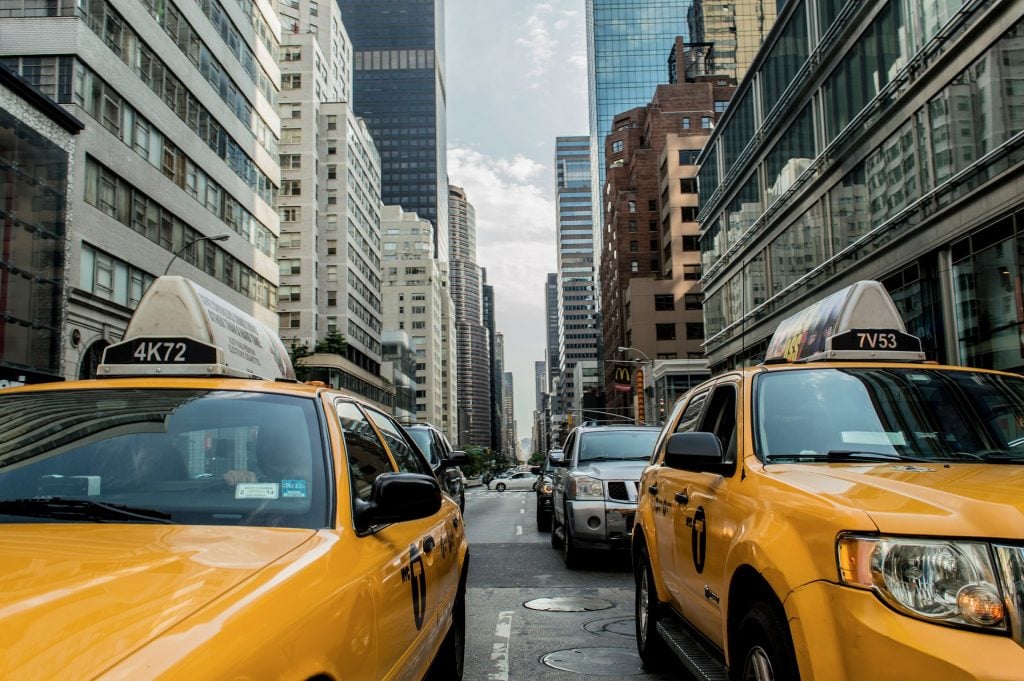The National Insurance Crime Bureau (NICB) recently released a three-year analysis of insurance claims associated with hail storms in the United States. According to the NICB review of claims data from ISO ClaimSearch®, there were a total of 2.9 million hail loss claims in the United States from 2016 through 2018.
The top five states for hail loss claims were:
- Texas (811,381)
- Colorado (395,025)
- Nebraska (163,336)
- Missouri (153,403)
- Kansas (146,206).
The top five cities for hail loss claims during that period were:
- San Antonio, Texas (75,187)
- Colorado Springs, Colorado (67,920)
- Omaha, Nebraska (52,803)
- Denver, Colorado (48,357)
- Plano, Texas (42,659).
Over the three years covered by the report, May had the highest monthly average for hail loss claims with 203,296. June was next with 178,881. April (164,232), March (153,716) and July (96,947) round out the top five.
Of the five policy types providing hail loss coverage, Personal Property-Homeowners was the most affected with 1,657,663 claims or 57 percent of the three-year total. It was followed by Personal Auto with 898, 500 claims and Personal Property – Farm with 149,215 claims.
“Hail damage fluctuates year-to-year, but what seems to be consistent is the number of unscrupulous contractors ready to swoop in promising a quick fix, which is why NICB encourages policyholders to use caution when selecting a contractor or other workers to help repair your property or replace your windshield following a storm,” said Brooke Kelley, NICB vice president of communications. “Always check first with your insurance company or agent before signing any documents presented by a contractor whom you did not request to appear. It’s why we say, “If you didn’t request it, reject it.”
The following tips are also helpful:
- Get more than one estimate
- Don’t be pushed into signing a contract right away
- Get everything in writing
- Require references and check them out
- Ask to see the contractor’s driver’s license and write down the number and the license plate on his or her vehicle
